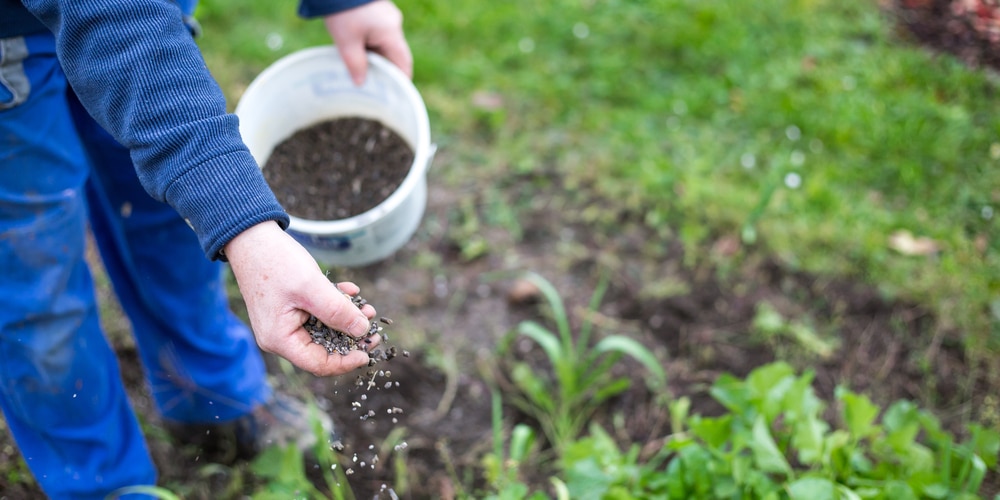Are you looking to add a little greenery to your yard? Elephant grass may be the perfect option for you! Elephant grass is drought-tolerant and can grow in various soil conditions, making it an excellent choice for anyone looking to add some life to their landscape. Let’s look at how to plant elephant grass seeds.
Planting elephant grass seeds
Elephant grass is a beautiful, hardy plant that makes a great addition to any landscape. It’s easy to grow and propagate in USDA zones 8 to 11, so you can start your own little patch of elephant grass in no time.
How to Plant Elephant Grass Seeds?
Here’s how to do it.
1. Prepare your planting space
Elephant seeds can be planted in the early spring as they are a warm season plant that grows throughout the spring and summer and becomes dormant in winter. Before you start planting elephant grass seeds, it’s crucial to prepare the soil in which you will be seeding. You can do this by tilling or loosening the dirt and mixing in some compost or manure. Doing so will allow your elephant grass to get the necessary amount of light and nutrients that it will need to flourish.
2. Prepare elephant grass seeds
Next, soak your elephant grass seeds for a few in a bucket filled with water. Doing so will allow the elephant grass seeds to break their dormancy cycle, making them well-prepared for germination. Alternatively, give the ground a good soaking before planting the seeds. Elephant grass grows well in moist soils and needs both sunlight and water for the seeds to germinate.
3. Plant elephant grass seeds
Take the elephant grass seeds out of their water source and spread them evenly throughout your tilled or loosened soil. If you have a larger space to cover, you can choose to use a simple garden rake to help distribute the seeds evenly.
4. Water your elephant grass seeds
Finally, make sure you water your freshly planted elephant grass seeds with a gentle stream of water from a watering can or hose. Make sure not to overwater them. Overwatering may wash the seeds deep into the soil and reduce germination rates. After planting, you can water your seeds every other day until you see signs of germination.
5. Care for your elephant grass once it’s grown
Once your elephant grass has begun to grow, make sure that you continue to water them regularly. Elephant grass is a tough plant resistant to drought periods, but regular water will help them become even stronger and more resistant.
Conclusion
Now that you know how to plant elephant grass seeds, you can reap the benefits of this versatile plant. Elephant grass is excellent for soil erosion reduction, making it an optimal choice for your yard space if you live in an area with plenty of rainfall.
It also provides a perfect hiding place for small insects and amphibians who may be in your yard, so if you’re looking to attract some wildlife into your area, elephant grass is a perfect choice.

